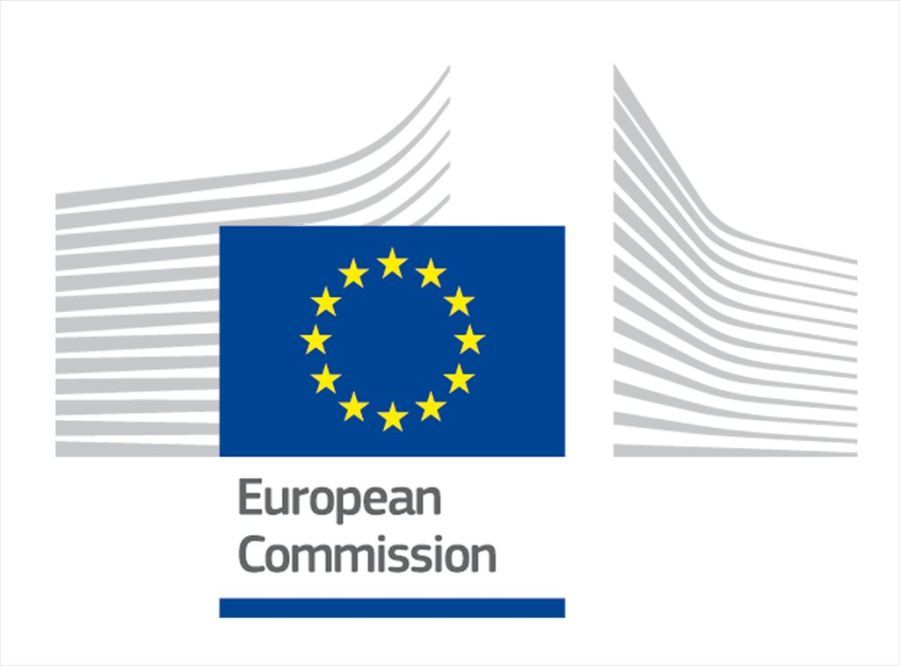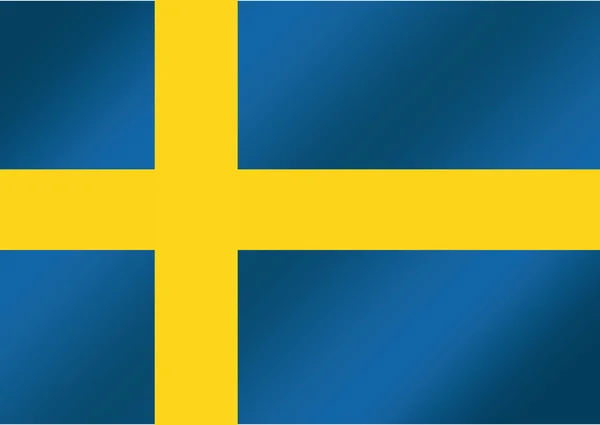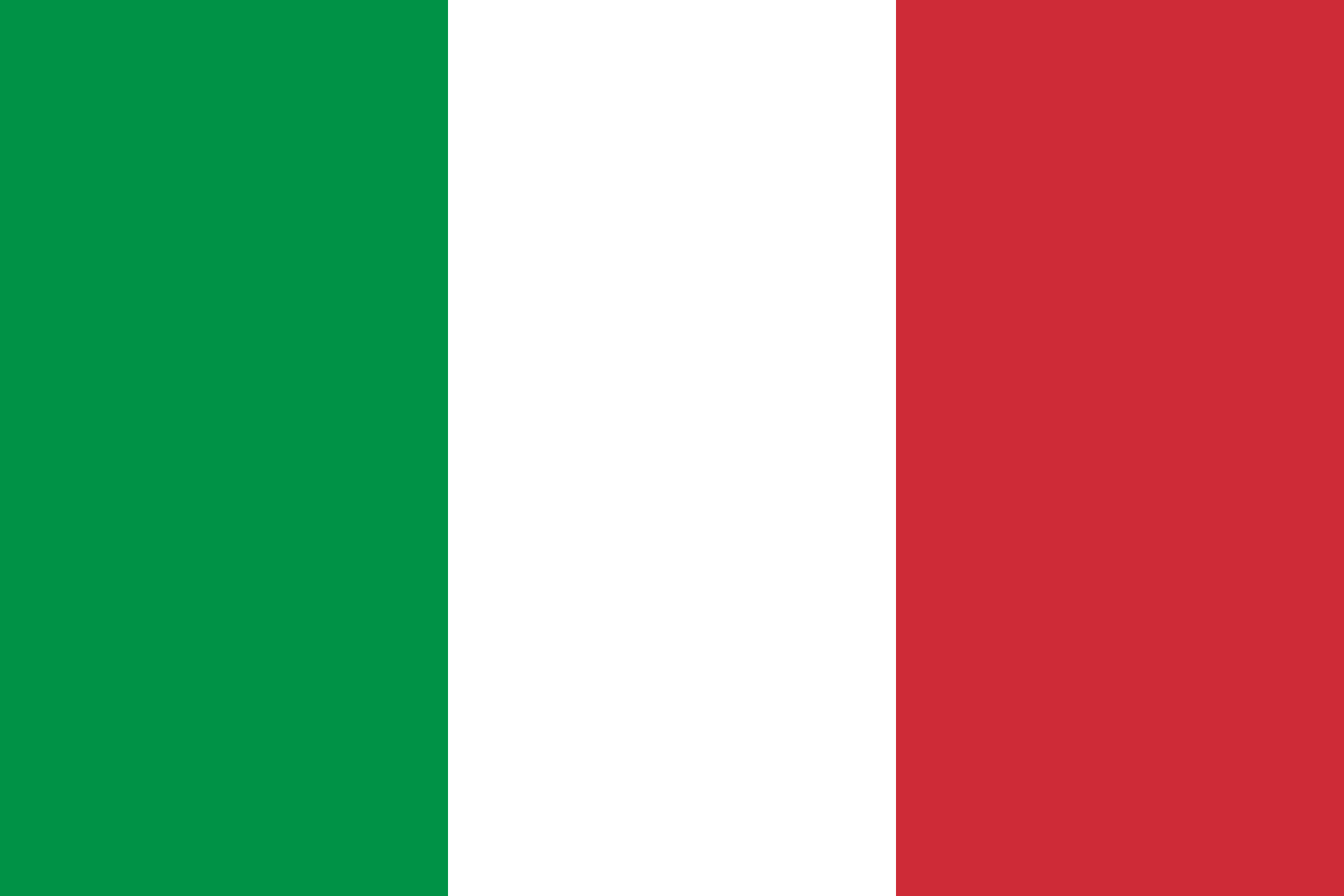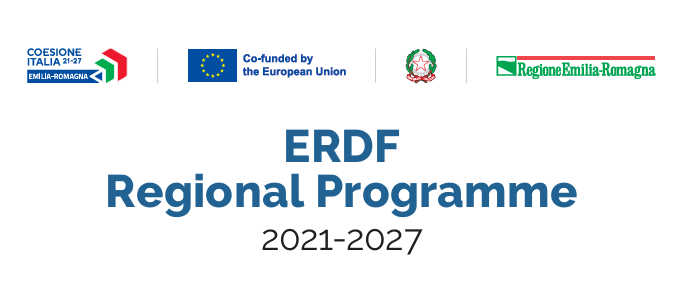
Description
The European Regional Development Fund (ERDF), a key part of the EU’s Cohesion Policy, is designed to strengthen Europe’s regions by focusing on:
1) Competitiveness and Innovation: Enhances regional economic resilience by supporting small and medium-sized enterprises (SMEs), fostering innovation, and promoting digitalization and connectivity across all EU regions.
2) Greener and Low-Carbon Europe: Funds projects that improve energy efficiency, support renewable energy adoption, and bolster climate resilience, helping regions transition to sustainable and low-carbon economies.
3) Enhanced Connectivity: Improves regional mobility and connectivity, making transport and digital infrastructure accessible and efficient.
4) Social Services and Inclusion: Supports access to employment, inclusive education, healthcare, and social services, while also funding cultural projects and sustainable tourism, all aiming to improve quality of life and social cohesion.
5) Closer to Citizens: Promotes sustainable local and urban development by supporting community-driven initiatives that reflect the unique needs of each region.
Exclusions from ERDF Funding: The ERDF does not fund the decommissioning or construction of nuclear plants, most airport infrastructures (except in outermost regions), or certain waste management activities, such as landfill projects.
Overall, the ERDF promotes sustainable development, inclusivity, and resilience across the EU, ensuring that all regions can participate in and benefit from growth and modernization.
level of support
EU-wide
type of funding
Grants, Loans
Funding amount
The ERDF budget for 2021 – 2027 is EUR 200.36 billion. Project funding varies depending on the specific program and type of project being supported.
Eligibility criteria
Open to regional governments, energy cooperatives, public authorities, and partnerships between public and private entities in EU regions.
Application Process
The ERDF finances programmes in shared responsibility between the European Commission and national and regional authorities in Member States. The Member States' administrations choose which projects to finance and take responsibility for day-to-day management. Applications typically go through regional managing authorities.
Evidence Of Success
The European Regional Development Fund (ERDF) is playing a pivotal role in advancing Italy’s economic, social, and territorial cohesion in the 2021-2027 period. Of the €42.7 billion allocated by the EU for cohesion, €8.7 billion is dedicated to Italy through the ERDF to make energy more affordable, clean, and secure. This investment supports Italy’s transition to a low-carbon, circular economy with initiatives focused on energy-efficient renovations in public buildings and enhancing overall energy resilience.
In addition, some Italian regions—such as Piedmont, Apulia, and Lombardy—are supplementing these efforts by using ERDF funds to support municipalities in establishing local renewable energy communities (RECs).
Expert Opinion
The Regulation on the Regional Development and Cohesion Funds explicitly focuses on creating a greener, low-carbon economy and includes funding for energy communities under PO 2.2. Additionally, Policy Objective 5 (PO5) from the same regulation aims to bring Europe closer to its citizens, which also aligns with community-driven energy projects.


